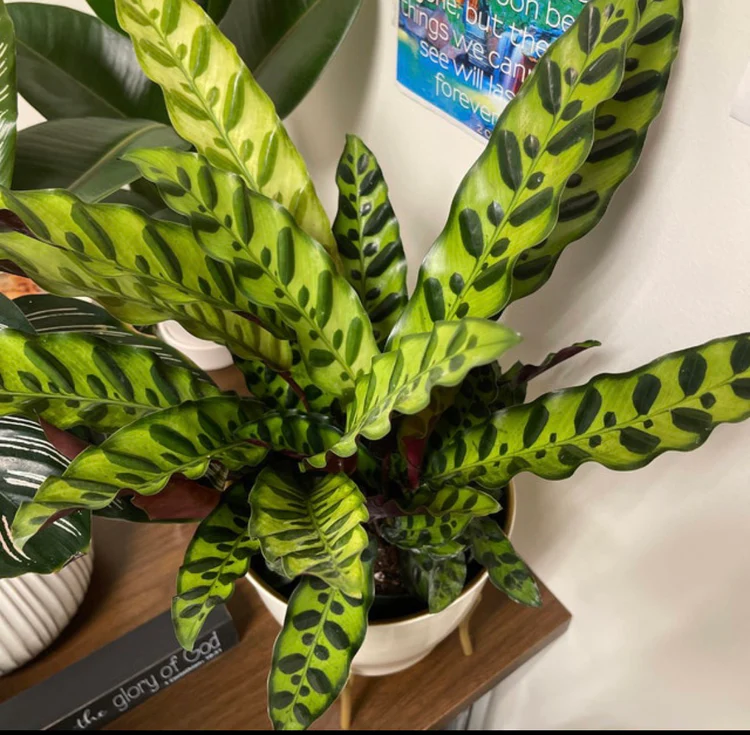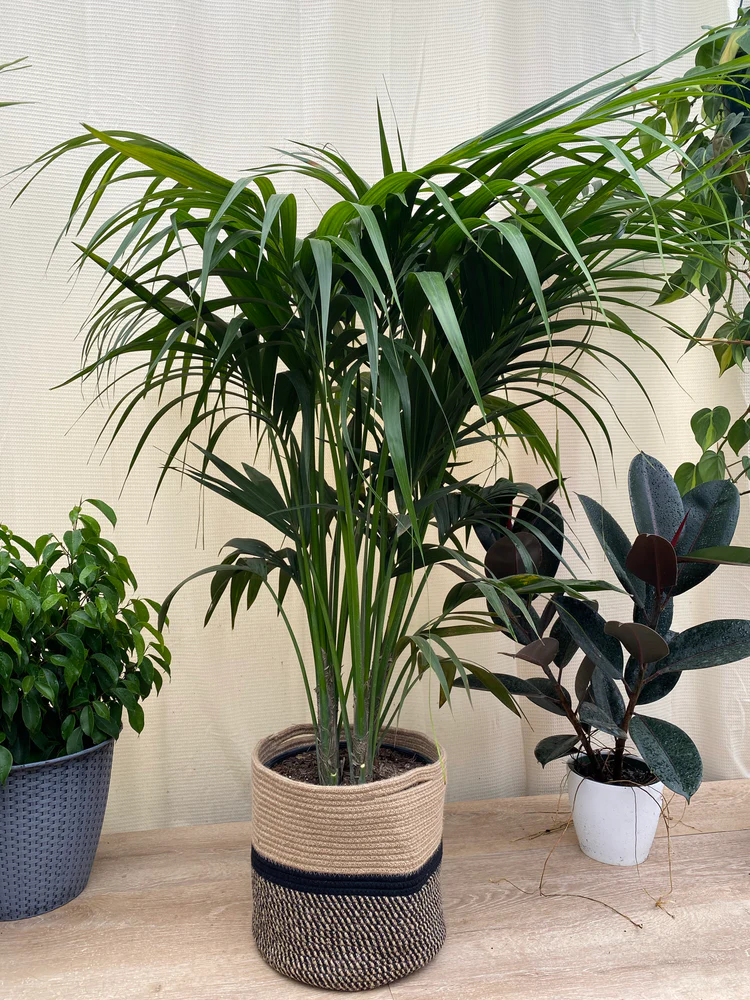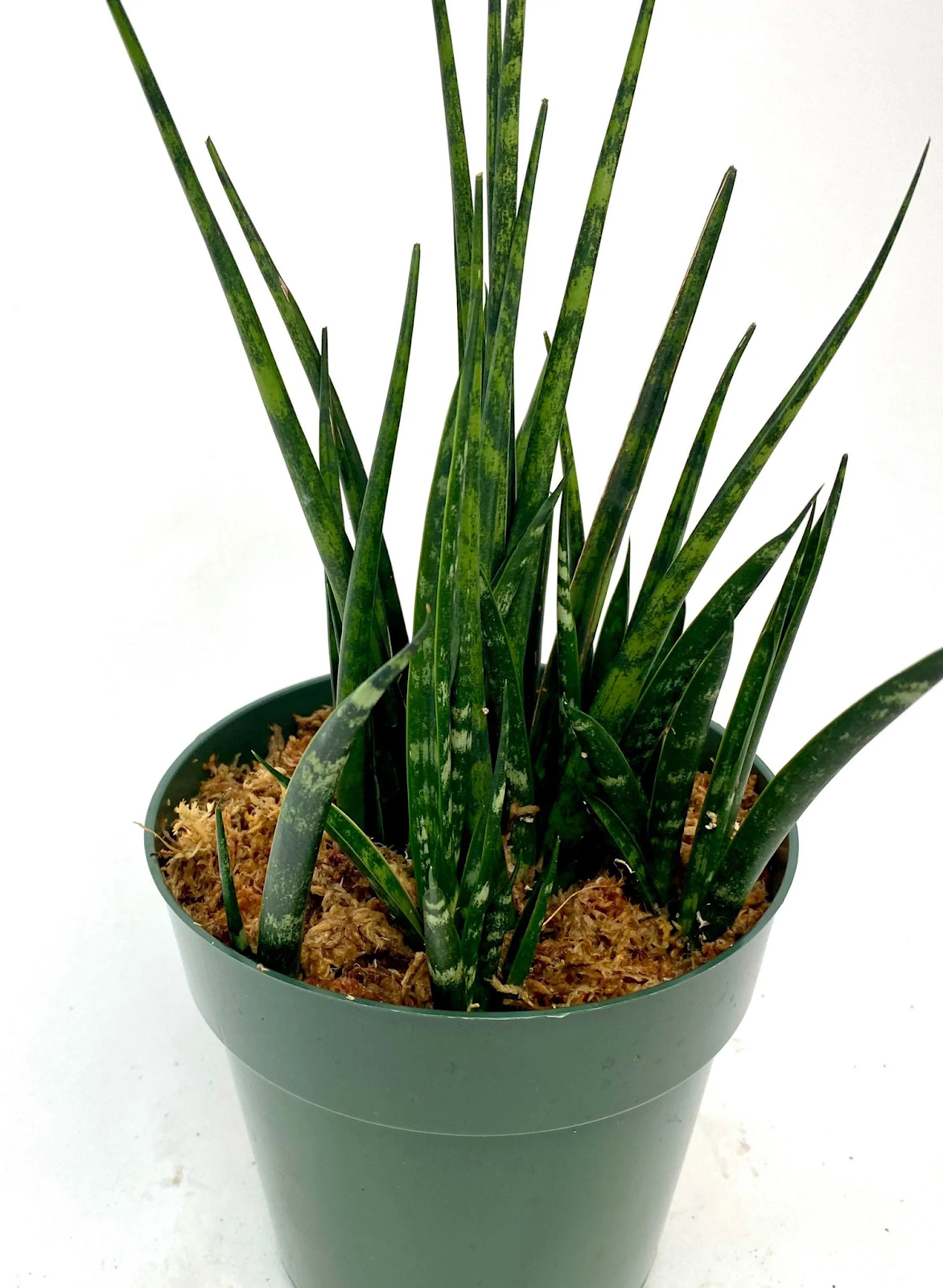1. Golden Pothos
Golden pothos, or Epipremnum aureum, is an evergreen climber with aerial roots that have made it a popular hanging or climbing houseplant in dark rooms. It is a member of the Arum family, known as Araceae, and rarely flowers. As another humidity-loving plant, golden pothos also make lovely hanging plants for darker bathrooms in particular.
This versatile plant thrives in a variety of indoor environments: bedrooms, kitchens, bathrooms, or living rooms, making it highly suitable for any home. It does well in light areas to shady places at room temperature or warmer; the minimum temperature required is 16°C with high humidity. It requires only a standard potting mix for cultivation, and after-care involves keeping the soil moist and repotting every 2 to 3 years. Prune and propagate it easily in the spring, as this is a suitable time for planting a few cuttings or putting them in water because these plants root quickly. A certain extent of yellowing leaves is normal, but lack of light might cause loss of leaves' variegation; hence, adequate light should be provided to maintain their color.







